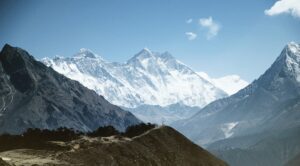In the grand panorama of adventure, Mount Everest, the highest peak in the world, has always been a dazzling icon, enticing thrill-seekers from around the globe. Ever since the pioneering feat of Tenzing Norgay and Sir Edmund Hillary in 1953, the peak has been beleaguered by an escalating influx of climbers. However, the 1996 Mount Everest disaster became a stark reminder of the dangers that come with the pursuit of adventure.
The dawn of the 1990s brought with it the commodification of Mount Everest climbs. Multiple enterprises sprouted up, offering seemingly golden opportunities to anyone with a zeal for adventure, irrespective of their climbing experience. These guided expeditions, carrying a price tag ranging from $30,000 to $65,000, pledged to take climbers to the top and back safely.
Nevertheless, the swelling throngs on the peak led to unexpected challenges. Extreme congestion turned precarious situations even more lethal as swift rescues became daunting tasks. With climbers huddled together on the brittle and unpredictable slopes, a recipe for disaster was brewing. In hindsight, the 1996 catastrophe on Mount Everest appears to have been an ominous eventuality looming in the face of unchecked ambition.
Summit Fever
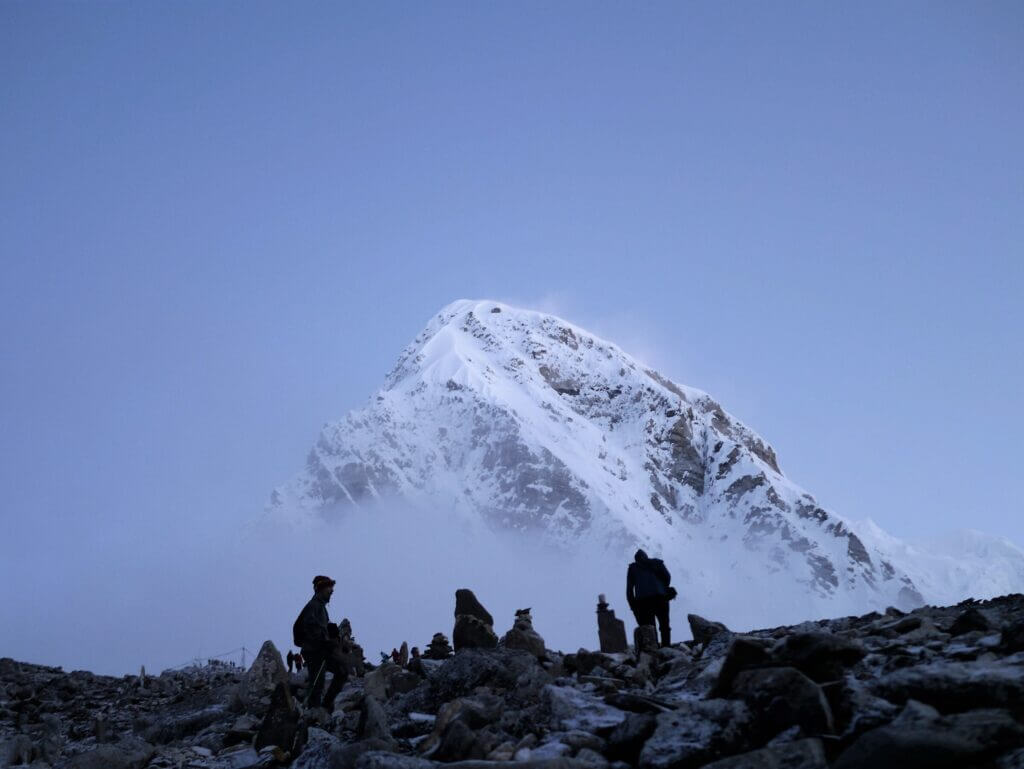
In the spring of 1996, Mount Everest was set to witness an influx of climbers worldwide. Everyone was more than eager to ascend to its peak. During the unfortunate tragedy, climbers from various countries, including the United States, New Zealand, South Africa, and others, attempted to summit the highest peak. Among them was a group led by renowned filmmaker David Breashears as a part of the IMAX team, capturing the climb on film.
Two of the largest groups to take on the climb were Mountain Madness and Adventure Consultants. The latter, led by Andy Harris, Rob Hall, and Mike Groom, had eight clients and seven Sherpa climbing guides. One member of the Adventure Consultants group was Jon Krakauer, who later chronicled his experience in his book “Into Thin Air“. These groups aimed to conquer the mighty peak but had yet to learn what was in store. Sadly, the mountain’s history would remember that year as one of the deadliest.
Tribute to the First Casualty of the 1996 Mount Everest Disaster
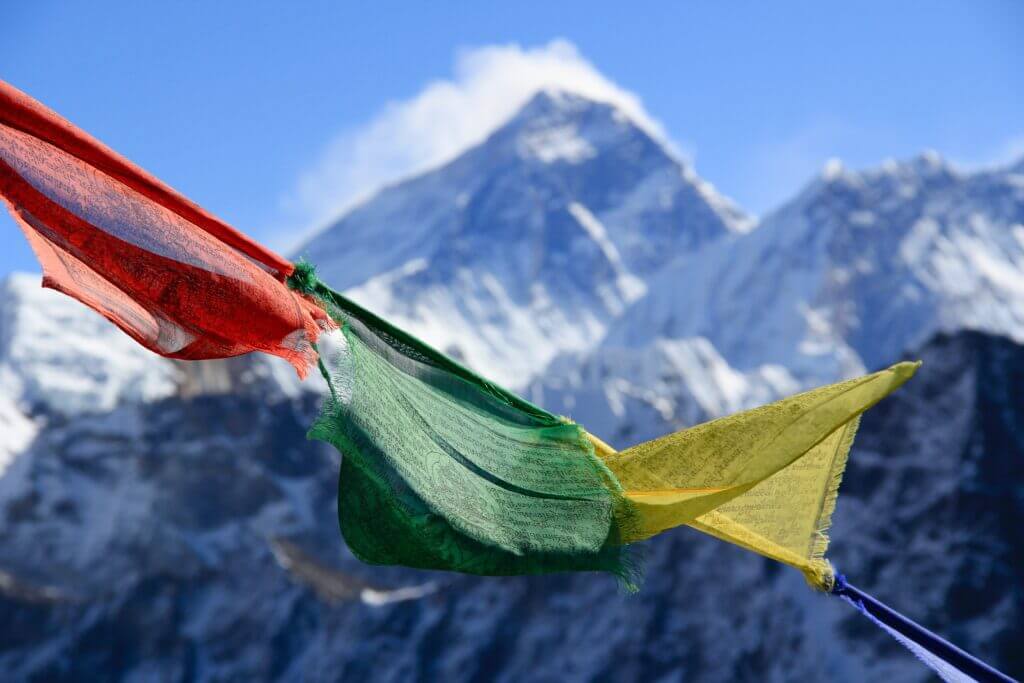
The climbers started the acclimatization process around mid-April, progressively increasing their duration at higher altitudes before returning to Base Camp. The groups planned to ascend towards Camp IV, located at a lofty 26,000ft, on May 9th. Unfortunately, this day would mark the onset of the tragic 1996 Everest disaster with its first fatality. Chen Yu Nan from the Taiwanese group made a grave mistake by exiting his tent without ensuring that the required spikes were securely attached to the ice. After falling into a crevasse on Lhotse’s Face, rescuers quickly recovered him, and at first glance, he did not seem to have sustained any severe injuries.
Nonetheless, Chen likely experienced significant internal injuries from the fall. As the morning progressed, Chen was under the impression that his condition was improving. He chose to rest for several more hours, informing Gau, his team leader, that he intended to join the group later. Contrary to his initial plan to rest, Chen decided to descend from the camp. Sherpas later found him on the South Col route in a critically weakened state, requiring immediate medical attention.
Fellow climbers managed to transport Chen approximately 1,000ft down the mountain, but their efforts were in vain. Even the IMAX team members who had ascended with the hope of aiding in the rescue could not save Chen’s life. Chen Yu Nan’s death serves as a stark reminder of the inherent perils associated with climbing Everest, regardless of a climber’s level of experience or preparation. It emphasizes the crucial need for meticulous preparation, attention to detail, and respect for the relentlessly harsh conditions of the world’s highest mountain.
Surviving the Death Zone: A High-Stakes Adventure
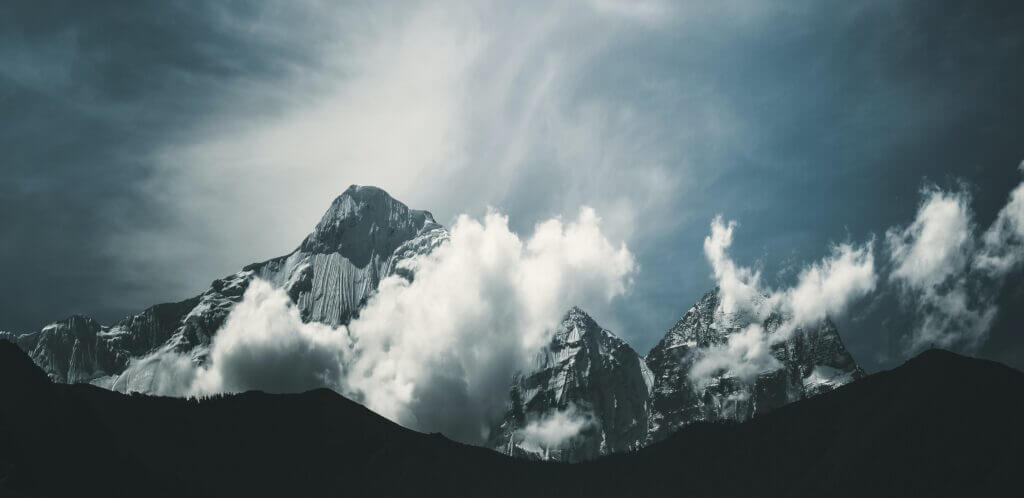
As the rest of the climbers pushed towards Camp IV, which marked the beginning of the death zone, it became apparent that only a few skilled mountaineers could proceed. As the oxygen supply was quite limited and depleting quickly, it was already too late to prevent the 1996 Mount Everest disaster.
According to National Geographic, the Mountain Madness and Adventure Consultants groups encountered the IMAX team on their descent. Due to the less-than-ideal weather, the IMAX team had chosen to turn back to their shelters and wait for conditions to improve. Although the decision was full of uncertainty, the experienced climbers recognized summit fever’s dangers. They knew the desire to succeed could quickly infect others, leading to rash decisions.
As the day progressed, other groups began arriving at Camp IV. Although an afternoon storm swept in, the weather cleared by evening, signalling a window for summiting.
Challenges on Everest’s Summit
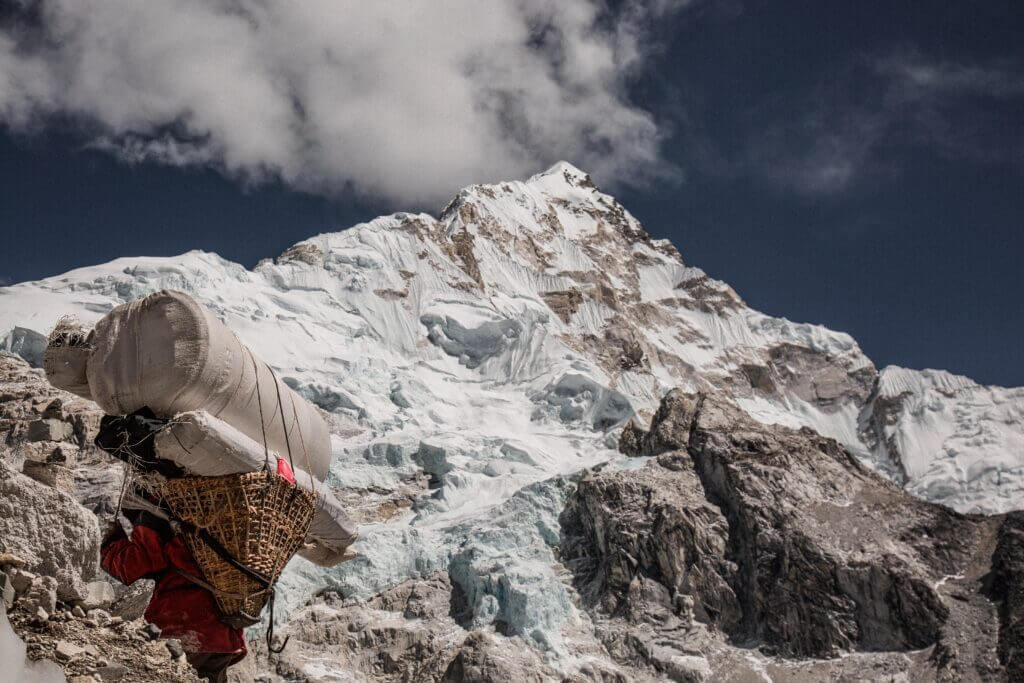
As midnight struck on May 10th, the rest of Gau’s Taiwanese expedition, Adventure Consultants, and Mountain Madness set off on their fateful ascent toward the summit. Each climber was equipped with two spare oxygen tanks, but they knew their supply would run out by five in the afternoon. This means they had no choice but to quickly descend after summiting.
Unfortunately, the groups faced several delays. The climbers found that they had to wait an hour while the lines were installed, as the Sherpas were late to set them up ahead of time. Moreover, the lack of experience among some climbers also slowed progress. Finally, after many challenges, the summit began.
According to various sources, at Base Camp, the Consultants’ leader Hall had set a soft deadline of 1 or 2 PM for climbers to turn back, whether or not they had reached the summit. Unfortunately, this deadline was not strictly enforced. By 11 AM, the summit was still more than three hours away for most of the group.
Conquering Mount Everest’s Peak
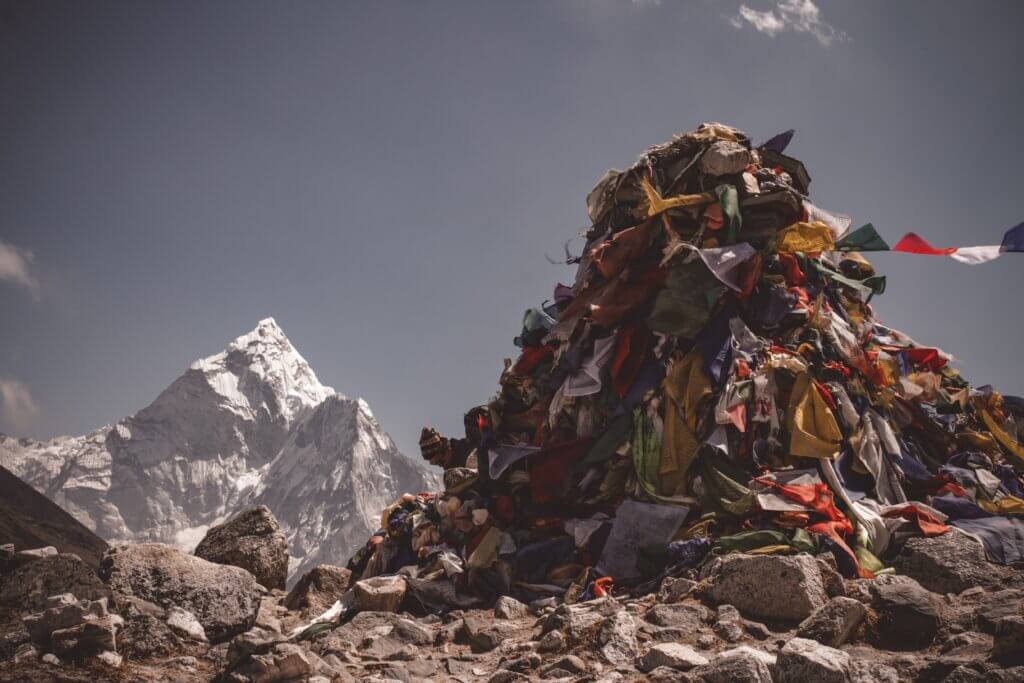
The initial group of climbers reached the summit around 1 PM, but many others continued to push past the 2 PM turn-around time. Fischer, the leader of Mountain Madness, also didn’t specify a strict return time, allowing his clients to remain on the climbing journey until after 3 PM. Similarly, Gau reached the summit around 3 PM. Fischer was the last of his group to reach the summit, and some climbers noticed he wasn’t looking well.
Hall and his client Doug Hansen paid no attention to the return time, finally reaching the summit at 4 PM. By then, dark clouds had gathered, and snow was starting to fall, making it dangerous for them to find their way back down.
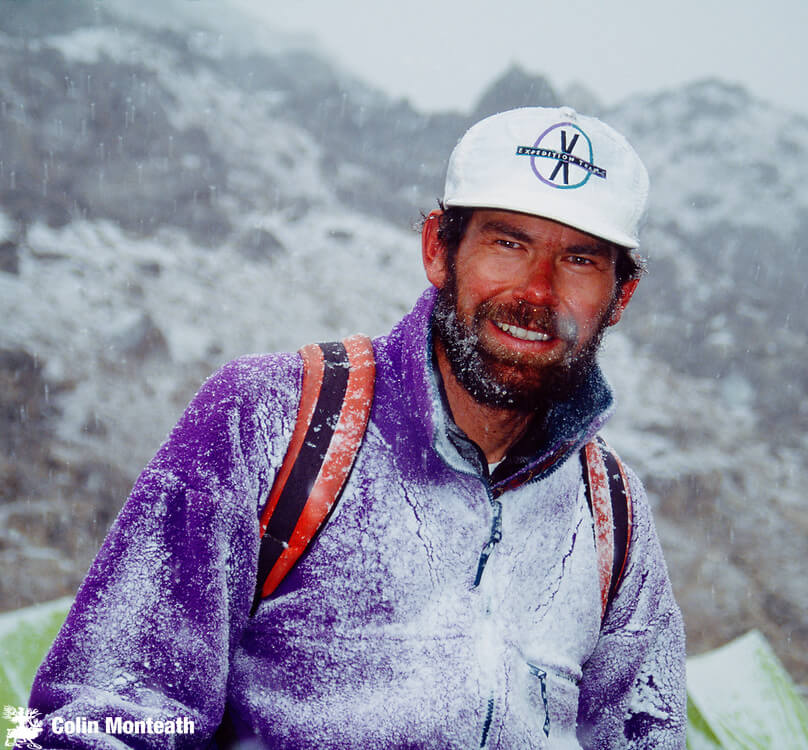
As Krakauer points out in his book, the summit was only half the battle, the descent was no less challenging. Hansen had attempted Everest before, and thus, Hall may have been influenced by Hansen’s investment in his expeditions. This may have contributed to Hall’s decision to ignore the turn-around time.
The Gathering Storm
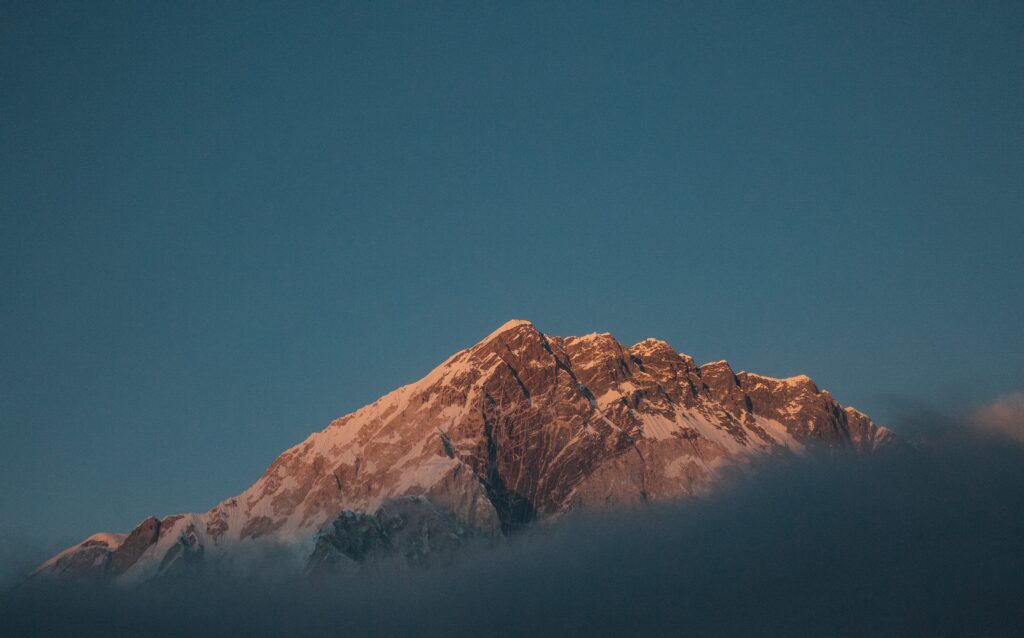
As the day progressed, the weather on Everest took a turn for the worse. By 3:30 PM, the storm had started rolling in, and by 6 PM, the mountain was engulfed in a full-blown blizzard with violent winds. This was the time when the climbers were struggling to descend the mountain. Unfortunately, as the storm raged, 17 climbers were trapped on the mountain with scarce oxygen supplies. By 10 PM, only half of the climbers who had set out that morning had returned to safety.
A group was stranded at 27,000ft due to temporary blindness, and navigated down Everest. The climbers in the group included Weathers, Groom, Namba, Fox, Adams, Gammelgaard, Pittman and Schoening. They were 200ft from Camp IV, and the blizzard made it impossible to see. Consequently, they made the tough choice to weather the storm.
Cliffhanger Crisis at the top
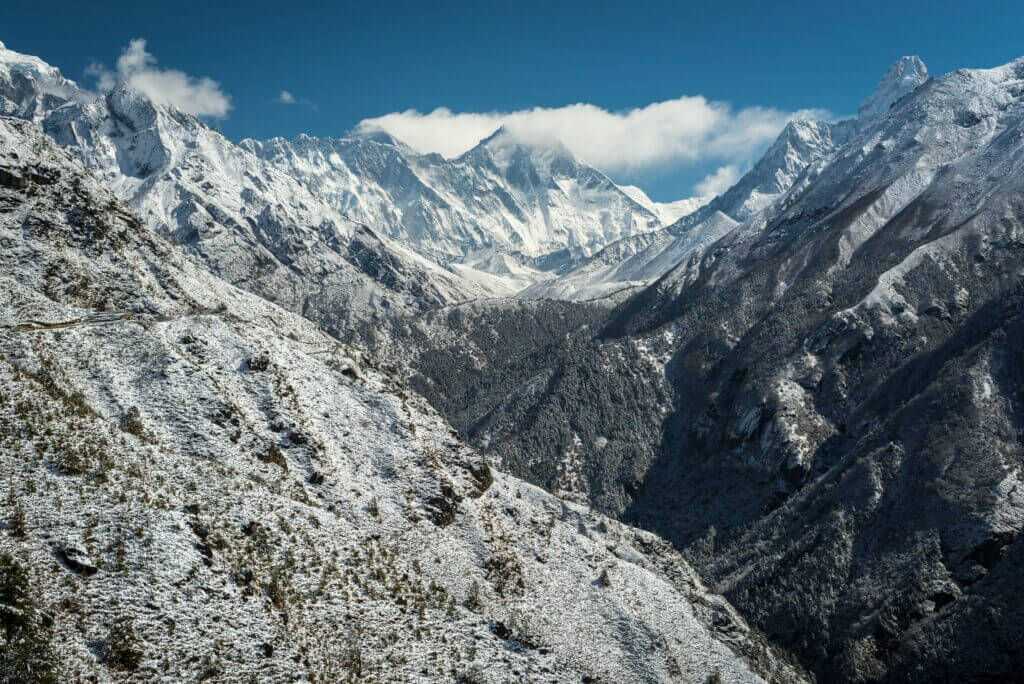
During the Everest 1996 disaster, Adventure Consultants leader Rob Hall and his client Doug Hansen found themselves stranded at Hillary Steps amid a fierce blizzard. Hansen had collapsed, and Hall decided to stay with him while contacting Base Camp to explain the situation. Despite pleas from his fellow guide Guy Cotter to leave Hansen, Hall refused to abandon his client.
Soon after, Hansen lost his life. Hall only communicated that “Doug was gone,” They never found Hansen’s body, leaving what happened unclearly. It is unknown whether he suffered from hypothermia or plugged to his death. Following Doug’s demise, Hall also perished, and severe weather conditions made it impossible for rescuers to retrieve his body.
Meanwhile, a group of Sherpas discovered Gau and Fischer 1,200ft above Camp IV, with Gau suffering from severe frostbite and Fischer being unresponsive. Boukreev, one of Fischer’s guides, went back up later to find Fischer, only to discover that he had passed away.
Twice Abandoned
As the storm subsided, Beck Weathers was one of three stranded climbers too weak to move toward Camp IV. Despite rescue efforts, Boukreev only assisted Charlotte Fox and Sandy Pittman as another storm approached. This left Weathers and Yasuko Namba behind.
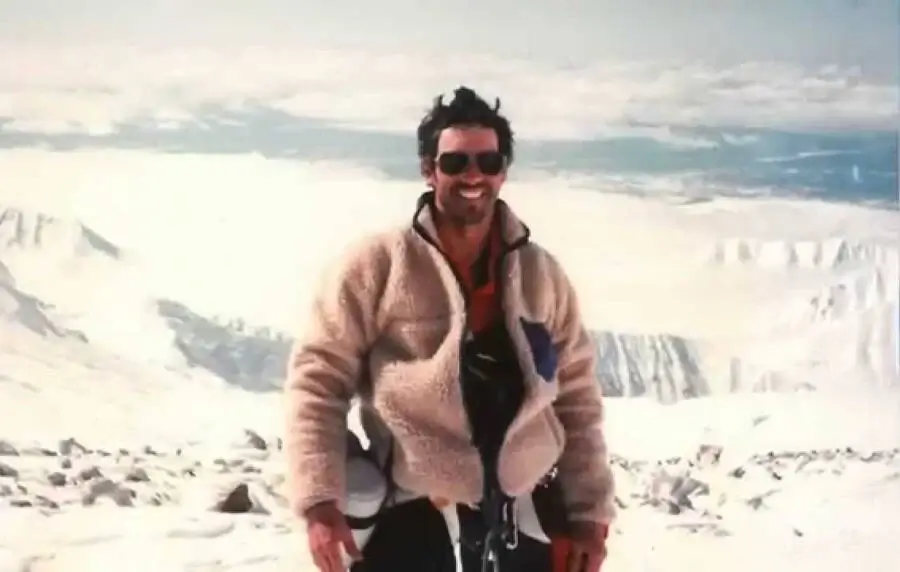
The Guardian reported that Canadian doctor Stuart Hutchinson found Weathers and Namba barely alive and assumed they were dead. However, Weathers emerged from his hypothermic coma later that day, just as news of his death spread. Despite suffering from severe frostbite and physical damage, he managed to pull himself together and descend to the camp, where everyone was stunned by him walking and talking.
How Many Perished in the 1996 Everest Disaster?

Regardless of the timely rescue of some climbers, the 1996 Mount Everest disaster claimed eight lives. This tragedy hence marks the highest number of fatalities within 24 hours on the mountain. Hall, Hansen, and Harris died at Hillary Steps during the Everest disaster. Namba, unfortunately, did not awaken and froze to death above Camp IV, while Fischer suffered a similar fate.
Smanla, Paljor, and Morup died during the storm on the Tibetan side of the mountain. Paljor’s body, known as “Green Boots“, remains on Everest, and the whereabouts of Smanla and Morup are unknown. Survivors suffered severe injuries in the disaster, including Weathers losing his nose, right arm and left fingers, and Gau losing his feet, nose and fingers. Tragic and unpredictable, the disaster shook the mountaineering world, reminding climbers of the dangers of scaling the world’s highest peak.
Deadly Missteps in the 1996 Mount Everest Disaster
Krakauer and other climbers have shared their accounts of the disaster, providing valuable insights into the events that unfolded on the mountain. By analyzing different perspectives, we can better understand the factors behind the disaster and prevent future incidents.
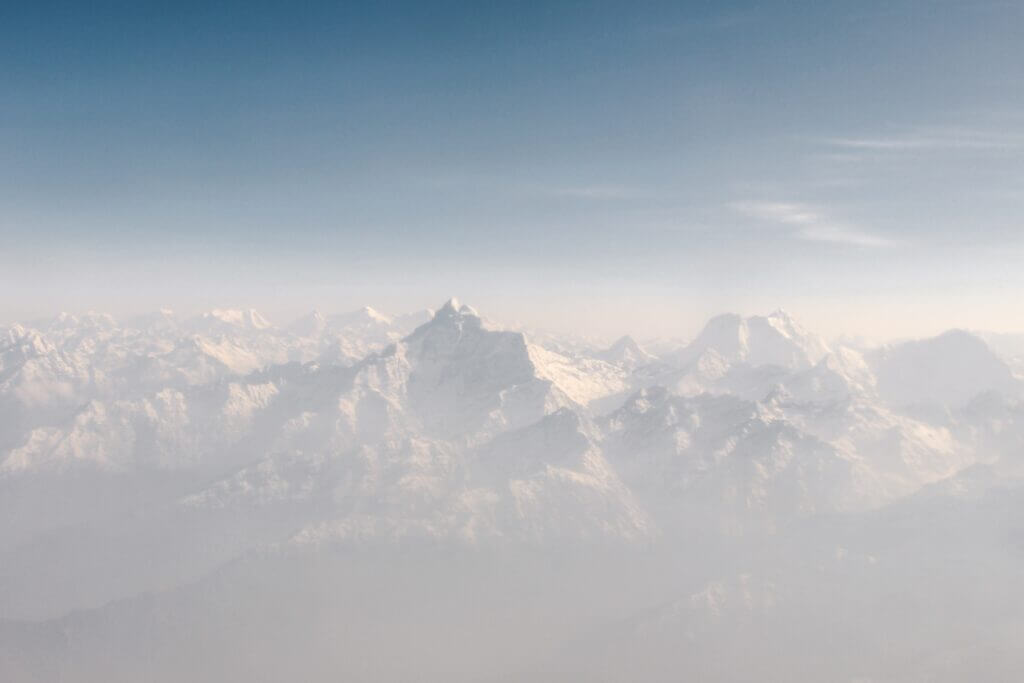
The Perspective of Krakauer
Understanding the 1996 Mount Everest disaster is crucial to prevent future tragedies. Krakauer’s book, “Into Thin Air“, gives us some perspective about the tragedy. For example, according to Krakauer, the disaster was an organizational failure, with one bad decision after another. He also stated that everyone turned to Hall for decisions or emergencies, who exhibited many characteristics of ineffective leadership. And it was because of his commitment to Hall’s judgments Krakauer failed to communicate his doubts about gas reserves to his team leader before 2:00 PM on the summit day.
Krakauer’s account may be biased due to his emotional attachment and lack of responsibility toward the disaster. Overreliance on Hall’s decisions and Boukreev’s actions may have distorted his perception of guilt and duty. Hall and Fischer’s leadership style may have needed to be more appropriate, leading to clarity and better decision-making. Moreover, Krakauer’s expectations of clear instructions from the guides may have caused him to neglect to express his concerns promptly. The Everest 1996 disaster underscores the crucial role of leadership and communication in mountain expeditions.
Evaluating the Actions of Hall and Fischer
Misplaced trust in conflicted individuals led to the tragic 1996 Everest disaster. Krakauer’s book revealed that Fischer reported Boukreev’s decisions to his employer, but their value is still being determined. Boukreev claimed that Fischer and Hall’s desire for media attention fueled their ambition and risk-taking. This unhealthy environment contributed to the failure, as exemplified by Hall’s group.
Hall and Fischer were competitive leaders known for their success but needed more teamwork training and adaptability. Their managerial approach needed to be more suitable for a motivational expedition, and Boukreev’s independence only fueled the guides’ ambitions. An authoritarian leader may be more effective for a commercial expedition with underskilled climbers.
Reviewing Boukreev’s Performance
Jon Krakauer’s account of the events offers a different perspective than other climbers present that day. One of the main disagreements between Krakauer and Anatoli Boukreev is related to the latter’s decision not to use gas tanks. As oxygen levels decrease with altitude, the absence of tanks can negatively affect decision-making during a storm. While Krakauer expresses negative opinions towards Boukreev’s teamwork abilities, he acknowledges the guide’s bravery.
Other climbers’ accounts also differ from Krakauer’s portrayal of the events. Boukreev believes Krakauer’s impatience and the leaders’ desire for attention contributed to the disaster.
Despite Boukreev’s controversial choices not to wait for clients to descend with him and not to use his gas tank, he explained that it allowed him to foresee problems and be better prepared to respond to an emergency. His independent descent played a significant role in saving climbers who were lost. While he should have communicated his decisions better as a leader, the situation improvied slightly with his temporary departure.
The aftermath of the 1996 Everest Disaster
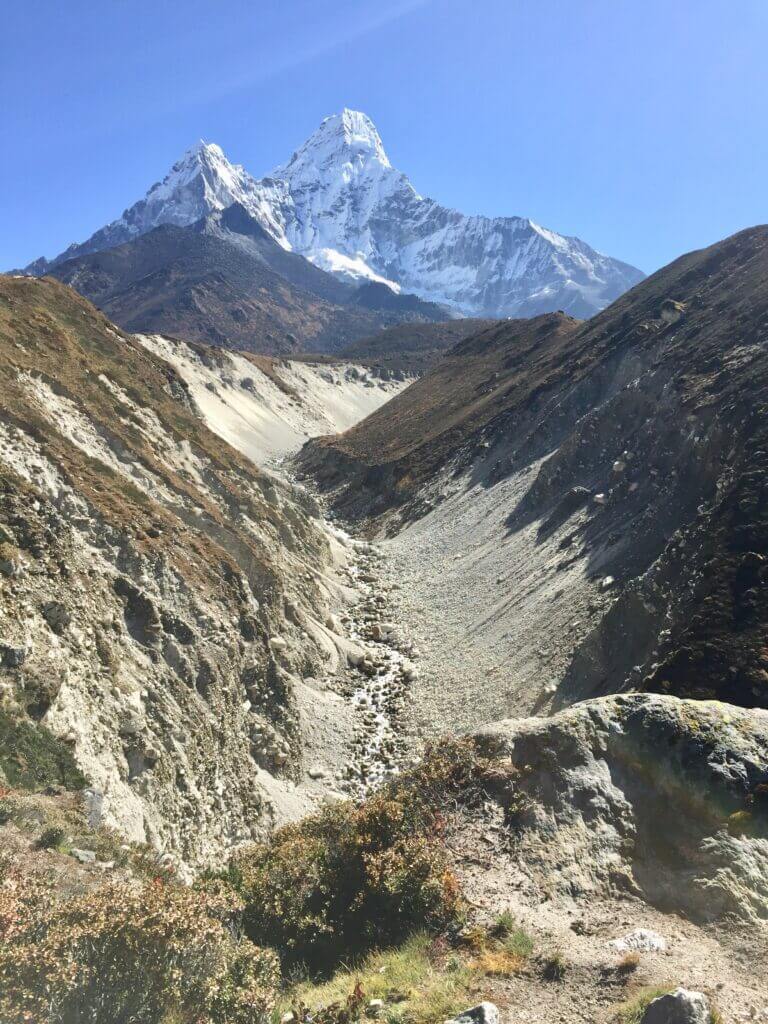
Leadership and safety practices in mountaineering have undergone noticeable changes since the 1996 Mount Everest disaster. Today, leaders prioritize the importance of following instructions while actively listening to their team members and adapting to their needs. However, there are still unresolved issues in team composition. Sherpas continue to play a crucial role in arduous tasks during the ascent. Additionally, regulations permit inexperienced climbers to join groups aiming for the summit. These factors proved detrimental to Krakauer’s group in the past and continue to pose challenges that demand attention and resolution.
Final Analysis and Takeaways
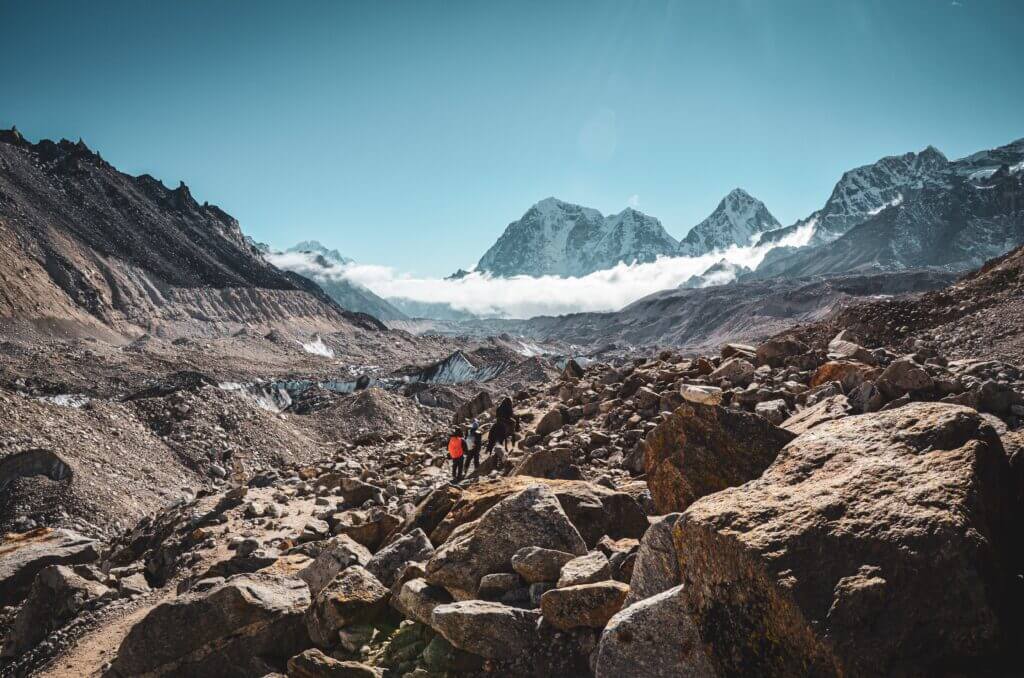
In conclusion, Mount Everest remains a symbol of adventure and continues to attract climbers seeking to experience its enigmatic beauty. However, the 1996 Mount Everest disaster is a stark reminder of the dangers of commercialized climbing and overcrowding. Despite the inherent risks of mountaineering, climbers must take the realities of climbing seriously and prioritize safety above all else. The tragic events of 1996 also highlight the importance of careful preparation, attention to detail, and respect for the unforgiving environment of the world’s highest mountain.
If you wish to learn more about the Mount Everest Disaster in 1996, click here for all the details about the great tragedy.

